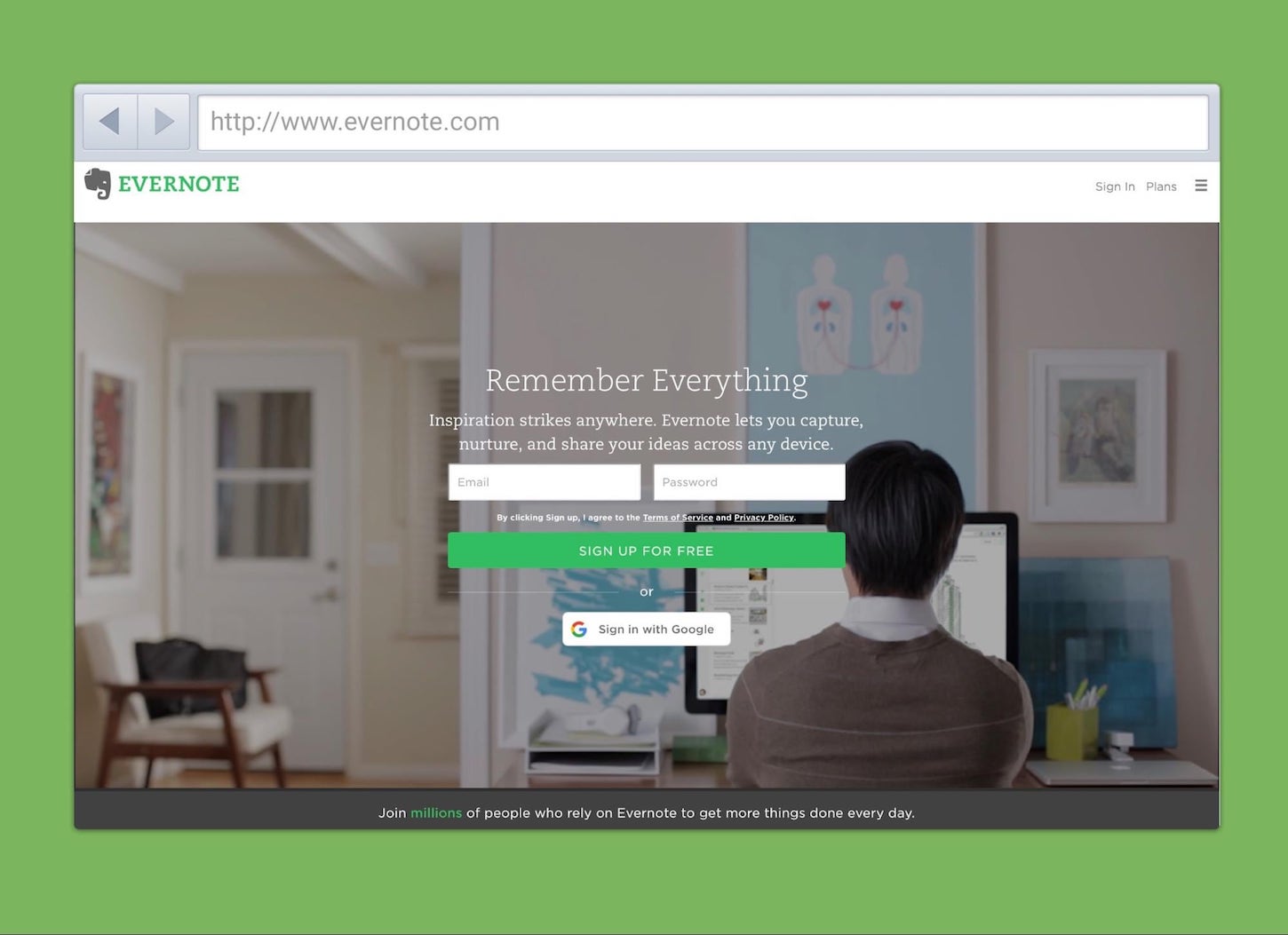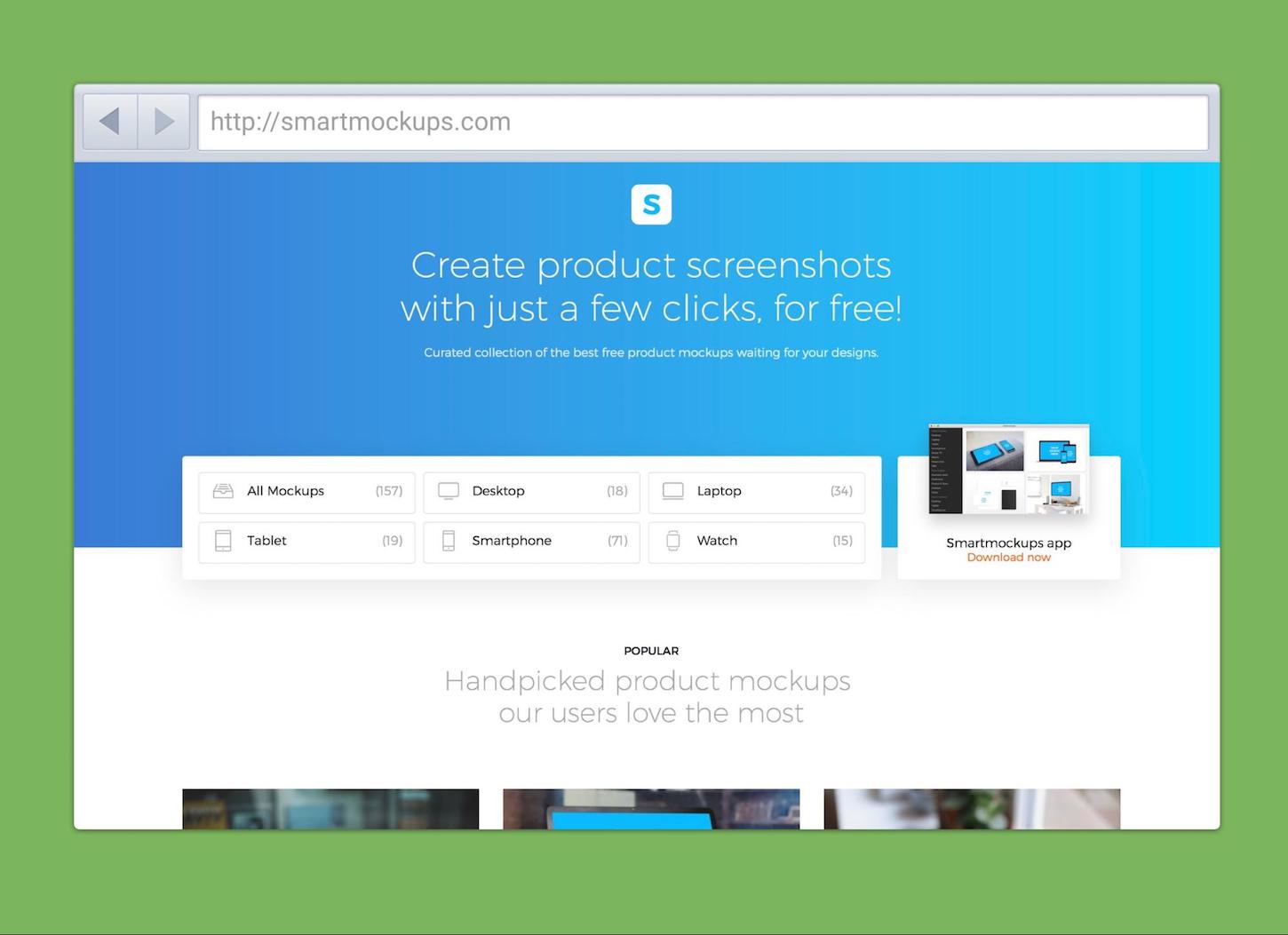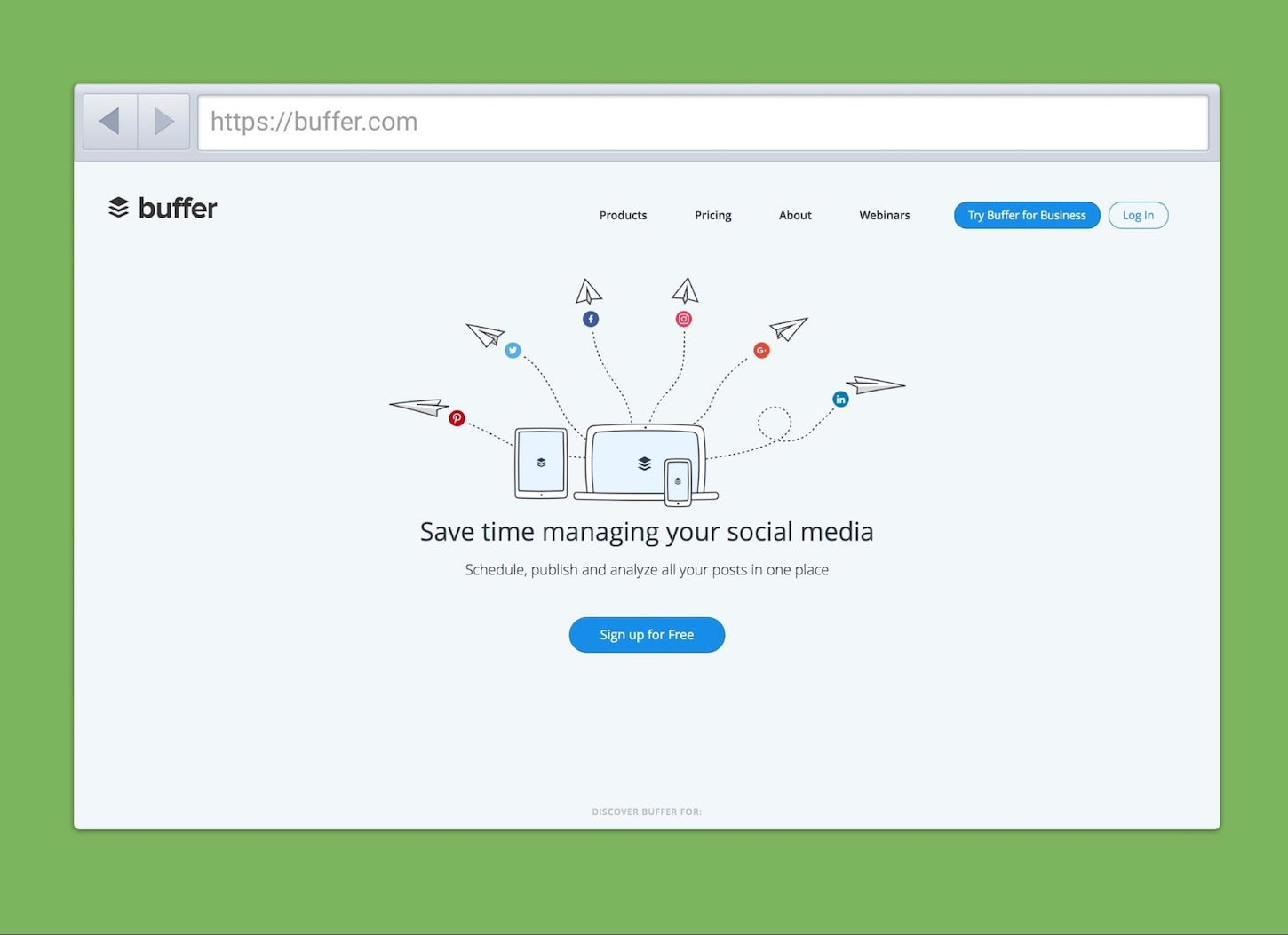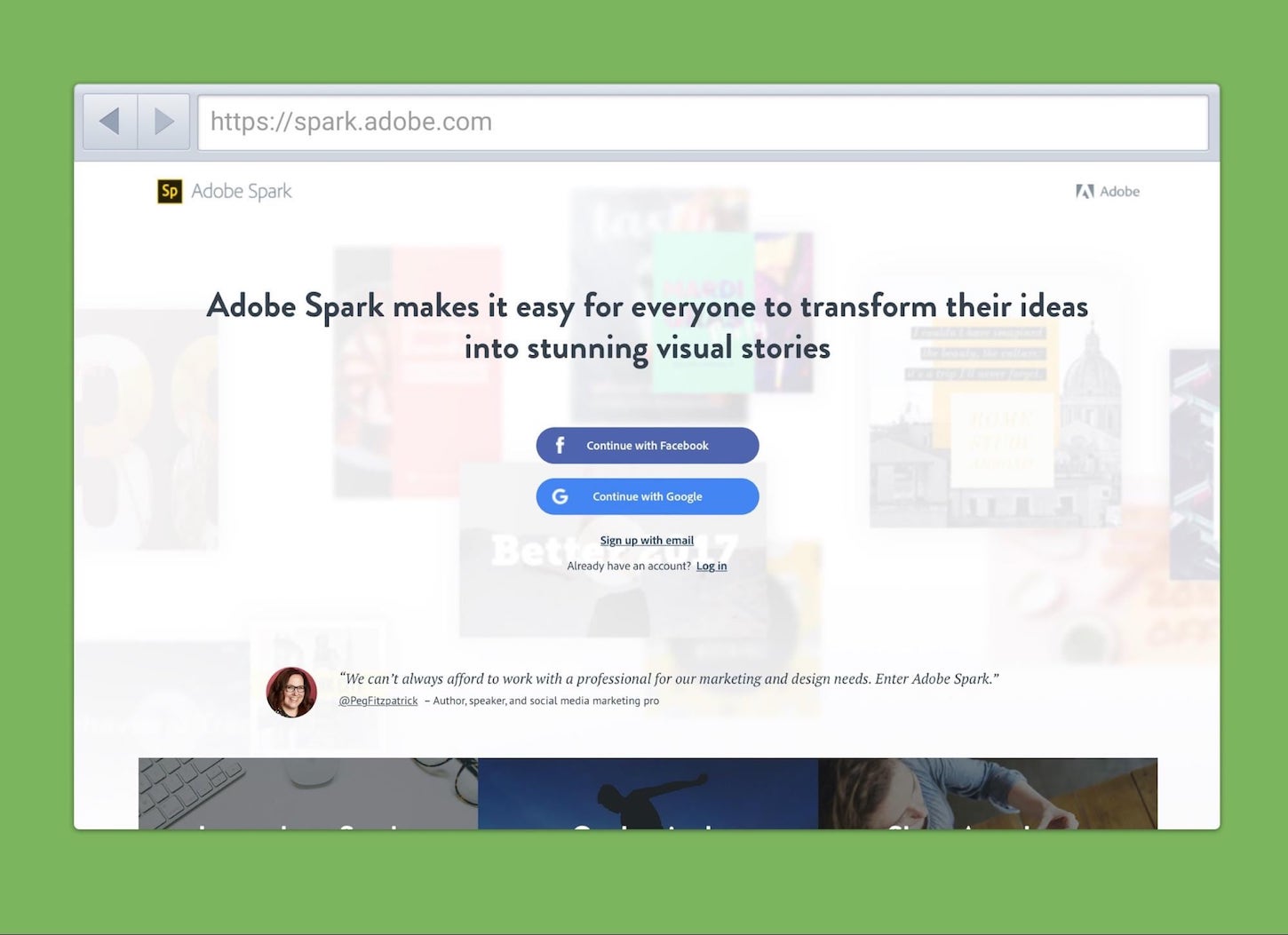To win new clients, the world needs to see us as experts, and that involves sharing our expertise online. But creating and sharing quality content can be hard if we don’t have the right tools.
"Promoting ourselves and our services is like going to the gym. We know we should do it, but somehow it always feels like too much effort."
Promoting ourselves and our services is like going to the gym. We know we should do it, but somehow it always feels like too much effort. We can never find the time or the motivation to make it happen. But blogging, social media updates, and other forms of content marketing are essential for attracting new clients and spreading reputation.
and spreading reputation.
Some say that producing good work is enough. In truth that approach will only take you so far. Sure, it will generate word-of-mouth recommendation. However, it will tend to lead to more of the same kind of business you already have. If you want to reach bigger or better clients, you will need a content marketing strategy.
So how do you find the time and inspiration to produce regular content? The answer lies in part with having the right set of tools. In this post, I share with you the 10 tools I rely on every day to share my services and brand. Tools that help me with everything from improving, to promoting, to monitoring my content.
First, let's begin by looking at the two tools that inspire me.
Get inspired
Part of my job is to coach other agency owners and freelancers. One of the complaints I hear all of the time is that they struggle to come up with subjects about which to write. I argue that the problem is not coming up with ideas, but rather, coming up with them when you sit down to write. That's because nothing drains inspiration faster than a blank page . Enter Evernote.
. Enter Evernote.
1. Evernote
 No doubt you've already heard of Evernote, but you might be wondering how it applies to content marketing. Well, Evernote is a great tool for collecting those ideas for blog posts and social media updates that surround you every day.
No doubt you've already heard of Evernote, but you might be wondering how it applies to content marketing. Well, Evernote is a great tool for collecting those ideas for blog posts and social media updates that surround you every day.
Maybe a client asks you a question that you think might make a good blog post. You can quickly jot that down in Evernote's mobile app. Perhaps you read an inspirational post on this blog and think you could write about a related subject. Just clip the article using the Evernote browser extension and add your comments to it.
Now when you sit down to write, you will already have a collection of ideas waiting for you.
2. Buzzsumo

Of course, to get inspired we must first expose ourselves to inspirational content . There is certainly no shortage of that on the web, but finding content relevant to you is not always easy.
. There is certainly no shortage of that on the web, but finding content relevant to you is not always easy.
One tool that can help is Buzzsumo. Buzzsumo will recommend relevant content based on keyword phrases you enter. For example, if you want to see what's trending on the subject of ecommerce, simply enter that as a search term. It will return all the most popular posts on that subject across the entire web.
Alternatively, if you find a great new source of content and want to read the best they have to offer, you can just enter their domain name, and it will return the most popular content.
I find Buzzsumo one of the most effective ways of staying up-to-date with what is happening in our industry, and it has often inspired me to write on a particular subject. For example, I use Buzzsumo to track the latest posts on user experience and digital transformation, two subjects that I write extensively on.
Once you have a topic, the next challenge is in producing some great content around it.
Improve your content
Another common objection I hear is that producing great content is hard. Many people struggle to write a compelling blog post or even social media update. The best solution to this problem is practice. The more you write and share, the better you will become, especially if you monitor what works and what doesn't. But some tools can help here too.
3. Headline Analyzer

One of the most important aspects of any blog post is its title . Think of your title as the cover of a book. It should grab people's attention and draw them in. One tool that helps with this is Coschedule’s Headline Analyzer.
. Think of your title as the cover of a book. It should grab people's attention and draw them in. One tool that helps with this is Coschedule’s Headline Analyzer.
This headline analyzer, like any automated tool, is far from perfect. But it will share some useful tips for improving your headlines and making them more engaging. It provides advice on different types of headlines (e.g. questions, lists or, how to’s) and makes suggestions for words that tend to grab the attention of readers.
4. Grammarly
 A great title is important, but you need to maintain the quality throughout your post. That means writing well, avoiding typos, and improving your grammar. I'm certainly terrible at this. It's as if I'm simply unable to see problems with my writing no matter how many times I review it.
A great title is important, but you need to maintain the quality throughout your post. That means writing well, avoiding typos, and improving your grammar. I'm certainly terrible at this. It's as if I'm simply unable to see problems with my writing no matter how many times I review it.
I reduce this problem by using Grammarly. Grammarly proofreads my content and recommends ways to improve it. But it does a lot more than the grammar and spell checker in your word processor. It will also make stylistic suggestions that can significantly improve the quality of your writing.
But always remember, good content marketing is about a lot more than copy alone.
5. Zoommy
 Another crucial component of your content marketing strategy is the production of imagery. Images make blog posts more appealing and increase engagement on social media. But finding quality photography can be hard, especially when you're on a limited budget.
Another crucial component of your content marketing strategy is the production of imagery. Images make blog posts more appealing and increase engagement on social media. But finding quality photography can be hard, especially when you're on a limited budget.
Fortunately, there are a growing number of sites that provide public domain images you can use in social media and on your blog for free. But searching through all of these sites can be tedious.
Zoommy is a cross-platform desktop application that searches all of these sites in one go. In fact, they have more than 50,000 images in their search database, and that's growing all the time. You can even filter those photographs based on dimensions or color.
Of course, if you're a designer you're probably more interested in showing off your work than other people's photography.
You might also like: 10 Bookmark-Worthy Websites for Free Stock Photography.
6. Smartmockups
 No doubt the time will come when you want to include a screenshot of some of your work in either a blog post or social media update. However, screenshots look much better when shown in context (e.g. on a mobile device). But mocking them up in this way can be time-consuming.
No doubt the time will come when you want to include a screenshot of some of your work in either a blog post or social media update. However, screenshots look much better when shown in context (e.g. on a mobile device). But mocking them up in this way can be time-consuming.
Some automated tools add your screenshots to devices in photographs. But many of these have a subscription model, which can become expensive over time. One exception is Smartmockups, a curated collection of free product mockups you can use free online. Or, pay a one-off fee if you want their desktop app.
Now that your blog post has an engaging title, well-written copy, and beautiful imagery, it's time to start promoting it.
Promote your content
Great content is no good if nobody sees it . That’s why sharing via social media is so important. Updating multiple channels can be time-consuming. However, there are two tools I use that make life much easier.
. That’s why sharing via social media is so important. Updating multiple channels can be time-consuming. However, there are two tools I use that make life much easier.
7. Coschedule
 Coschedule is an incredibly powerful content marketing tool that has too many features to cover here. But one thing I particularly like is its ability to post to multiple social networks when you release a new blog post. In fact, you can schedule a string of updates over time based on the release date of a post. That means if you reschedule a post, all of the updates to social media shift accordingly.
Coschedule is an incredibly powerful content marketing tool that has too many features to cover here. But one thing I particularly like is its ability to post to multiple social networks when you release a new blog post. In fact, you can schedule a string of updates over time based on the release date of a post. That means if you reschedule a post, all of the updates to social media shift accordingly.
You can also create lists of old blog posts to share at regular intervals to get the maximum value out of the post you have written.
Although Coschedule is an excellent tool, it's not so good for sharing content that you have seen elsewhere on the web. For that, you will be much better off with Buffer.
8. Buffer

A big part of our role as digital professionals is staying up-to-date with the latest innovations. That means we spend a lot of our time reading and viewing online content. Content that we can ourselves share via social media to increase our credibility and reputation.
The problem is that we tend to do our reading in a single session. For example, I tend to read many posts at night while sitting in bed. That may result in several things I want to share. But if I share those all at once I end up spamming my social feeds, while leaving it empty on other occasions. Also, posting late at night is not always the optimal time. To get around this problem I use Buffer.
Instead of posting directly to my social feeds, I instead add updates to my Buffer queue. Buffer then works out the optimal time to share those updates, spreading them throughout the day. As long as I keep my queue filled, I know my followers are always receiving compelling content.
Of course, to ensure that content is interesting I may wish to consider more than sharing just links.
You might also like: Content Monetization: How it Works and Mistakes to Avoid.
9. Adobe Spark
 Adobe Spark is a free tool that helps you spice up your social media feeds with imagery and video. The simple-to-use interface allows you to create basic infographics, quotations, and even some video content.
Adobe Spark is a free tool that helps you spice up your social media feeds with imagery and video. The simple-to-use interface allows you to create basic infographics, quotations, and even some video content.
Adding this kind of material is of vital importance. For example, tweets with images receive 150 percent more retweets than those without, while one-third of all online activity is spent watching video.
But how do you know if your content marketing strategy is working?
Monitor your success
It’s not enough to blindly keep pushing content online. You need to know whether you're producing the right kind of content to spread your name and enhance your reputation. Tools like Coschedule or Buffer provide detailed analytics for your social media updates, but what about your blog?
10. PostReach
 PostReach is my favorite application on this list. That's because it helps me produce better blog content. It does this by providing me with detailed analytics on the traffic my blog posts receive, and how much they’ve been shared via social media.
PostReach is my favorite application on this list. That's because it helps me produce better blog content. It does this by providing me with detailed analytics on the traffic my blog posts receive, and how much they’ve been shared via social media.
Not only that, but it also tells me who has shared my content. This allows me to see whether I'm reaching the right target audience, or if I'm attracting the attention of influencers.
Applications are all well and good
Hopefully, there have been some tools on this list that you have not heard of and will find useful. Without a doubt, a good toolset will make content marketing easier. But at the end of the day, they aren't going to make your content marketing successful.
"The most important thing you can do is dedicate regular time to promoting yourself and your services. It's easy for this kind of work to slip down your priority list when life is busy."
The most important thing you can do is dedicate regular time to promoting yourself and your services. It's easy for this kind of work to slip down your priority list when life is busy. But this leads to a boom-bust cycle that ultimately damages your business.
Finally, it’s important to remember that when it comes to content marketing, you will not see success overnight. But if you're consistent with the content you put out, it will grow a following over time. An audience that will grow exponentially as they recommend you to others.
Read more
- Free Industry Report] The Future of the Fashion and Apparel Industry
- Product Management Basics: Identifying Customer Pain Points and Validating Ideas
- Tips and Tricks for Managing Remote Employees
- Free Industry Report] The Opportunities, Threats, and Future of the Consumer Electronics Industry
- 9 Tools That Will Help You Collaborate Effectively as a Freelancer
- 5 Tools for Headache-Free Freelancer Invoicing
- Teaching Code: A Getting Started Guide
- Go Back to School With These Online Courses for Continuous Learning
- How to Choose the Right A/B Testing Strategy for Your Clients
What tools do you use to help out your content marketing efforts? Tell us in the comments section below!

